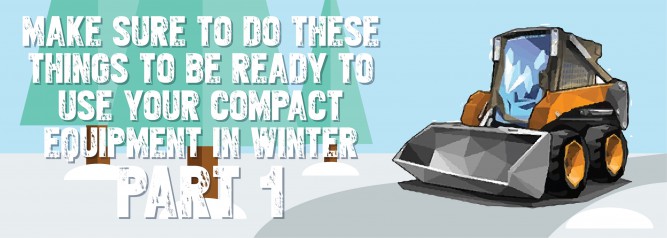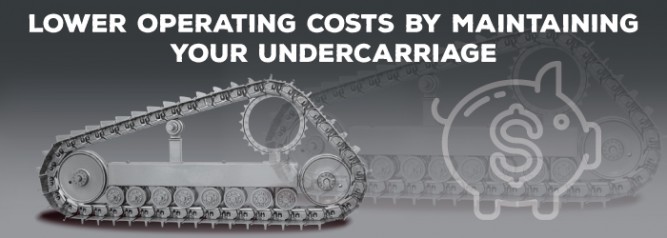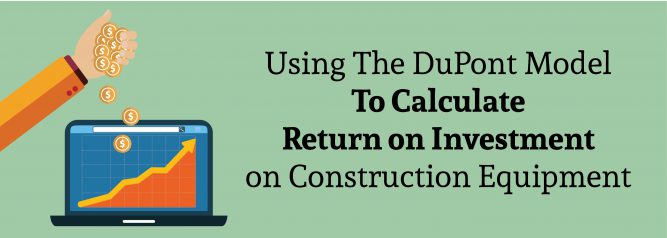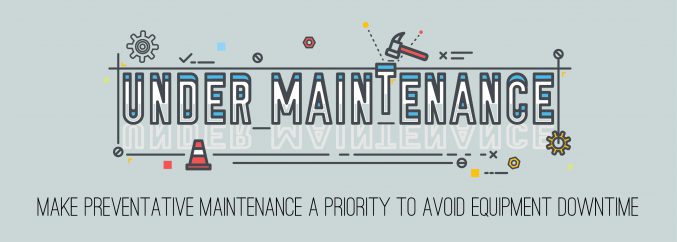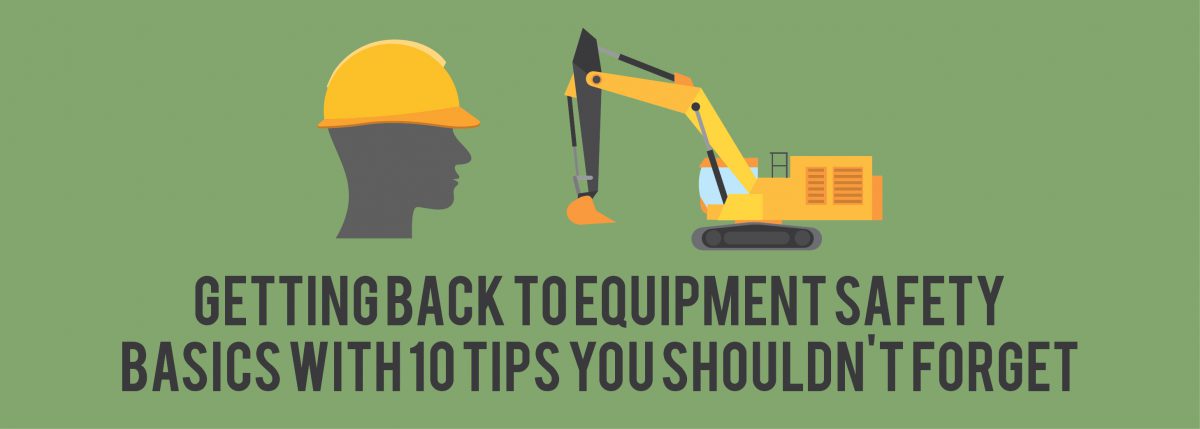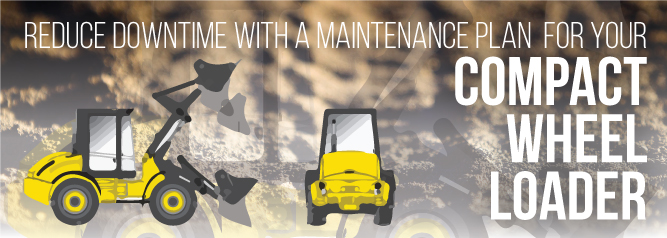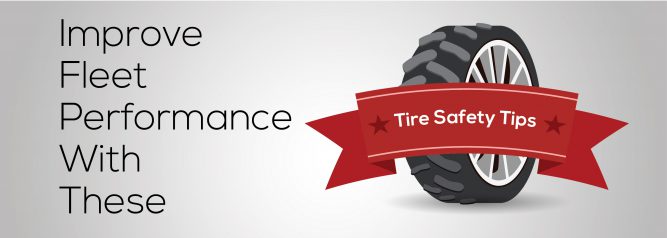
Improve Fleet Performance With These Tire Safety Tips
What percentage of the construction equipment your dealership sells and/or rents has tires? What percentage of the equipment in your customers’ fleets has tires? Tire safety protects your operators, and it increases overall fleet performance. You could say there’s a lot riding on those tires.
We’ve pulled together some important tips for choosing, using and maintaining construction equipment tires. Your dealership can use these tire safety tips internally to help maximize rental fleet performance. You can also pass this information along to customers, so they can get the most from their wheeled fleet. Talk about the tips in your blog, tweet them one at a time, or create a handy one-sheet downloadable document. Or do all three.
- Choose the proper ply rating

- Choose the proper tread pattern
Different working conditions affect tires differently. Once again, the numbers tell you which type of tread will help avoid overheating, punctures and tread separation. In essence, tread numbers mean:
- 1 is good for earthmoving, especially roadways
- 2 is for soft surfaces, with a standard depth and 1-to-1 lug-to-void ratio
- 3 has a 2-to-1 lug-to-void ratio, good for hard surfaces
- 4 also has a 2-to-1 lug-to-void ratio but a tread pattern designed for harsh or rocky conditions
- 4S has a smooth surface and is 1.5x thicker than standard tread, good for hard surfaces where you aren’t concerned about traction
- 5 is for the worst working conditions, with 2-to-2 lug-to-void ratio and tread that is 2.5x deeper than standard
5S is the same depth but has no lugs, also designed for the most severe conditions but those where wear resistance is more important than traction
- 7 is shallower, just 60% of standard, and has a rib pattern good for applications that require floatation and minimal ground disturbance
- Do not mix and match wheel components
Always follow the tire manufacturer’s guidelines for safely mounting and dismounting tires as well as periodic inspections and service. Failure to do this increases risk of damage to tires and/or wheels and increases risk to your operators, too. Always wear safety gear when working with tires, and replace worn components.
- Inflate tires properly
Nothing causes premature wear or poor tire performance like improper inflation. Again, note the OEM’s recommendation, because bias and radial tires are not all alike. Since inflation pressure can change with the weather and working conditions, always check the pressure in the morning, before starting to work the machine. Daily is best, but you should at least check tire pressure weekly.
-
Monitor machine and operator performance
The best way to forecast tire life is to track conditions and performance. That includes
- Type of materials being moved
- Average haul distances
- Peak speeds and cycle times
- Number of shifts and days worked
- Cycles completed
Recording these details will help you spot problems or problem patterns, too.
It is equally important to train operators how to avoid potentially damaging driving behaviors. Common issues include:
- Rapid starts, stops and sharp turns, all of which cause premature wear and can put undue stress on the tire’s casing
- Excessive speed, which overheats the tire and can degrade the compound
For larger fleets, you can calculate tone-mile-per-hour (TMPH) for each operator. This rating – the average vehicle weight times its average speed — allows you to determine the amount of heat tires will generate under given operating conditions. Consider the rating a safety threshold. If you exceed it, you’re increasing the chance of damage or injury.
Develop a tire maintenance program
Just like every other aspect of improving fleet performance, regular tire inspection and maintenance and ongoing operator training ensure top performance as well as tire safety.



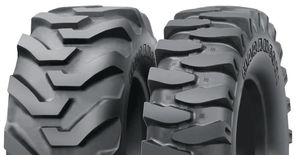 5S is the same depth but has no lugs, also designed for the most severe conditions but those where wear resistance is more important than traction
5S is the same depth but has no lugs, also designed for the most severe conditions but those where wear resistance is more important than traction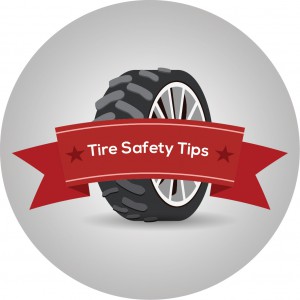 Monitor machine and operator performance
Monitor machine and operator performance